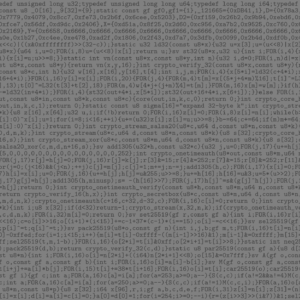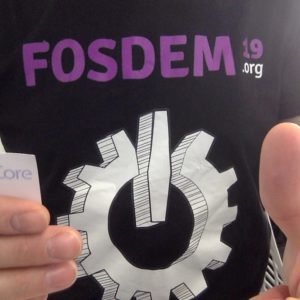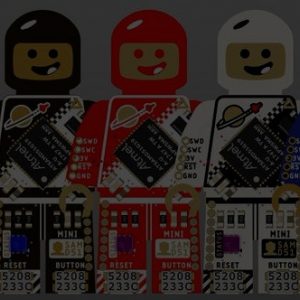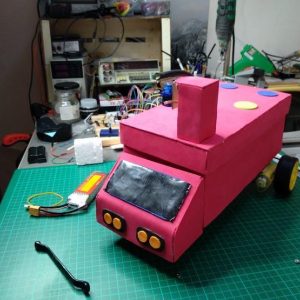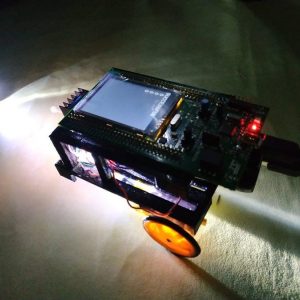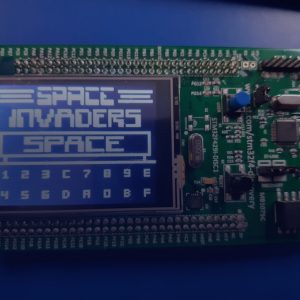Finding Vulnerabilities using Advanced Fuzz testing and AFLplusplus v3.0
Some of you may recall an AdaCore blog post written in 2017 by Thales engineer Lionel Matias titled "Leveraging Ada Run-Time Checks with Fuzz Testing in AFL". This insightful post took us on a journey of discovery as Lionel demonstrated how Ada programs, compiled using GNAT Pro and an adapted assembler pass can be subjected to advanced fuzz testing. In order to achieve this Lionel demonstrated how instrumentation of the generated assembly code around jump and label instructions, could be subjected to grey-box (path aware) fuzz testing (using the original AFL v2.52b as the fuzz engine). Lionel explained how applying the comprehensive spectrum of Ada runtime checks, in conjunction with Ada's strong typing and contract based programming, enhanced the capabilities of fuzz testing beyond the abilities of other languages. Ada's advanced runtime checking, for exceptions like overflows, and the scrutiny of Ada's design by contract assertions allow corner case bugs to be found whilst also utilising fuzz testing to verify functional correctness.




